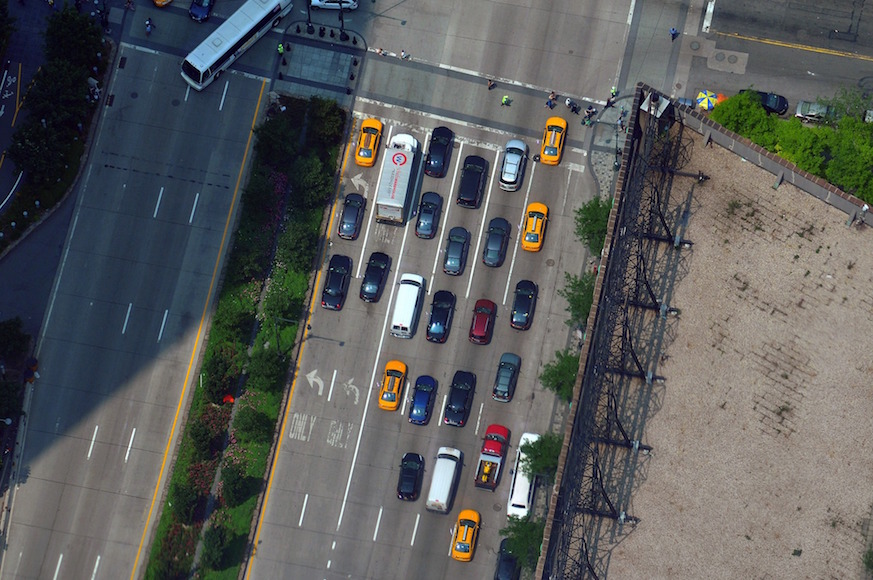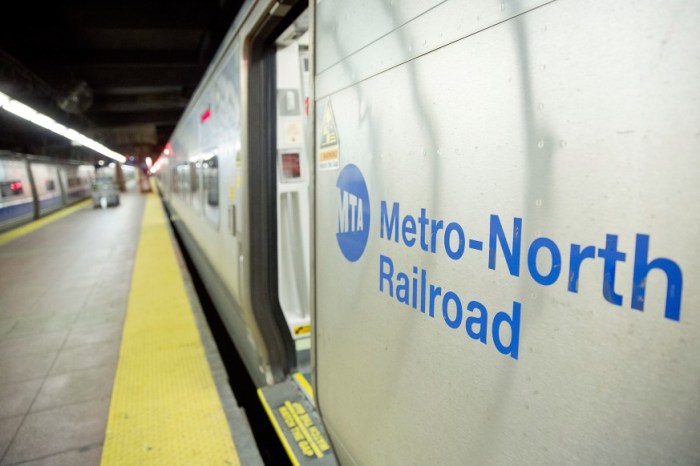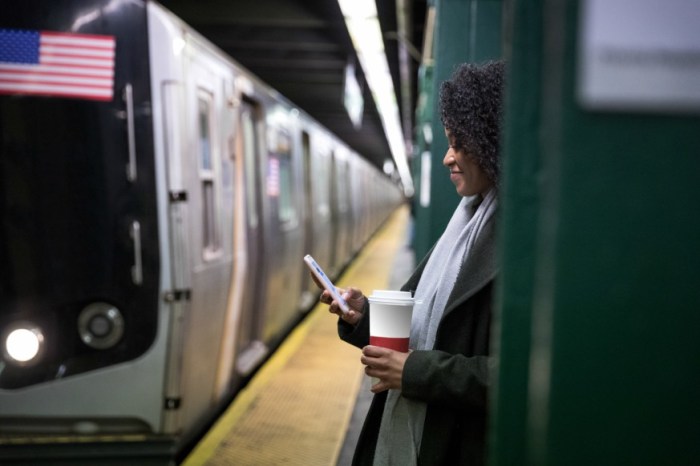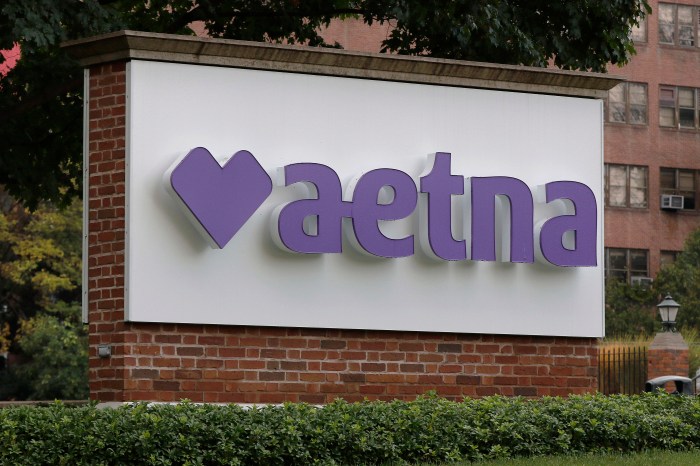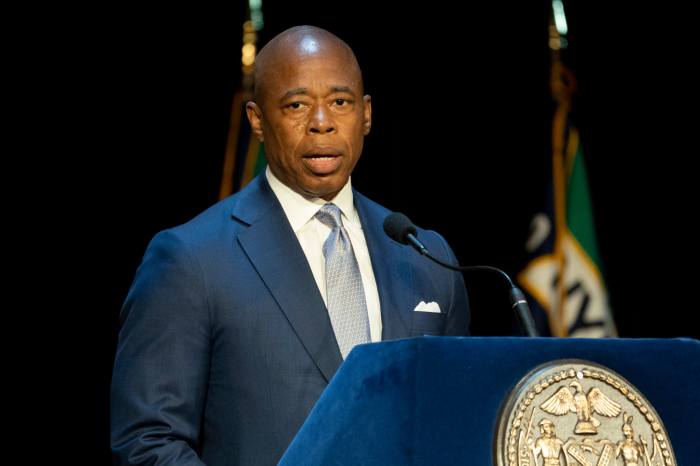For the first time since 2010, New Yorkers are taking less subway rides and turning to their own cars or for-hire vehicles to get around, according to the city’s Department of Transportation Mobility Report released Friday.
“Though New York City is now moving more people than ever, several new trends — including declines in mass transit ridership and slower travel times, combined with more car ownership and for-hire vehicle trips — are together causes for concern,” DOT Commissioner Polly Trottenberg said in a statement. “For its part, New York City recognizes that with nearly two-thirds of trips here already made by sustainable modes of travel, we must keep innovating to balance the growing and competing demands on our finite road network.”
Trottenberg added that the city is “investing heavily” in bus lanes, bike lanes and citywide NYC Ferry service.
“And this year, we have also unveiled new initiatives that will further aid mobility, including the Mayor’s Congestion Plan to improve travel speeds along key corridors, a pilot to increase access to carshare and a trial of dockless bike share to supplement the successful Citi Bike network,” she said.
According to the Mobility Report, the slight drop in yearly subway rides was largely due to a drop in off-peak ridership. Bus ridership also continued to decline, falling 8.5 percent since 2010.
For the fifth consecutive year, household vehicle registrations rose to outpace population growth, while for-hire vehicle (FHV) registrations and trips increased “significantly,” the report found, with trips more than doubling the past eight years.
Other noteworthy trends from the NYC DOT’s Mobility Report:
• The number of vehicles entering Manhattan south of 60th Street declined further in 2016
• Average travel speeds in the Manhattan Central Business District dropped to 7.1 mph from 7.2 mph in 2016
• In 2016, there were 13,000 FHV registrations, bringing the total to 85,200, which has more than doubled since 2010
• Household vehicle registrations hit 1.9 million for the first time in 2016, a 2 percent year-over-year increase and 8.5 percent increase since 2010, which outpaced population growth.
• The 2016 drop in yellow cab trips was outpaced by the rise in FHV trips, which hit a record high of 92.5 million that year.
Second Avenue Subway success
The DOT Mobility Report for the first time introduced new data about the January 2017 opening of the Second Avenue Subway, which was the first subway expansion since the 7 train extension in 2015.
After the Q train began operating on Second Avenue, Upper East Side yellow cab trips dropped 36 percent, while ride-hailing services like Uber and Lyft saw a moderate increase of 35 percent on the UES compared to their 63 percent increase citywide.
While travel speeds rose on Second Avenue and Lexington Avenue, traffic volume fell after the subway expansion.

